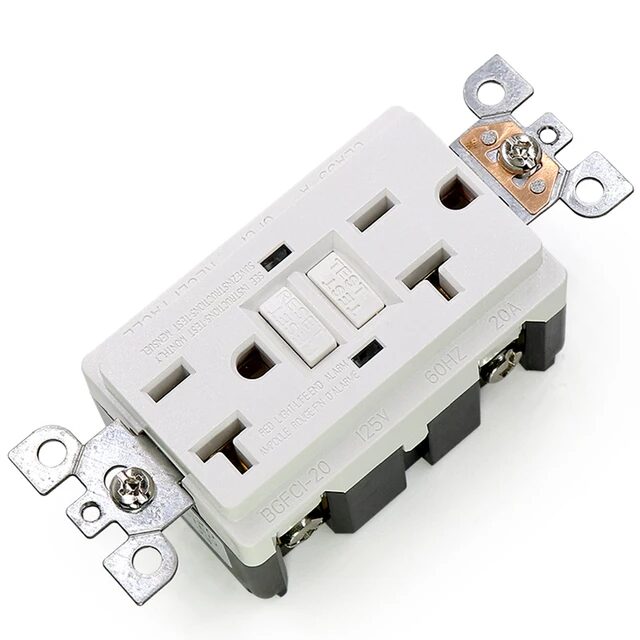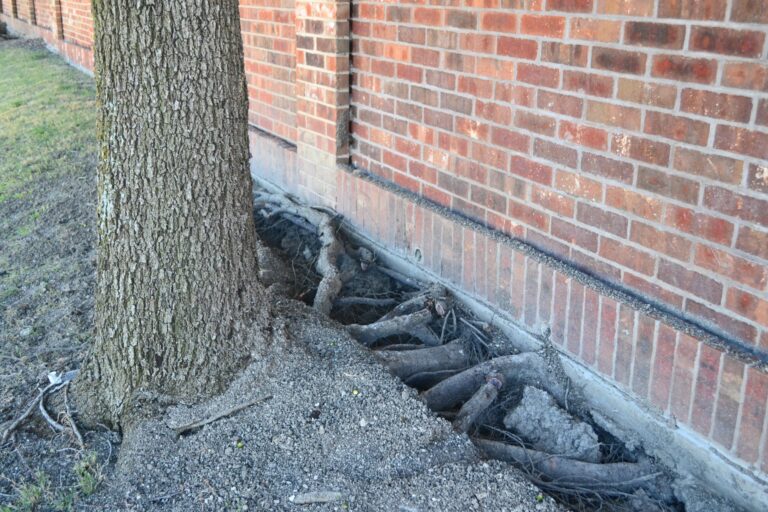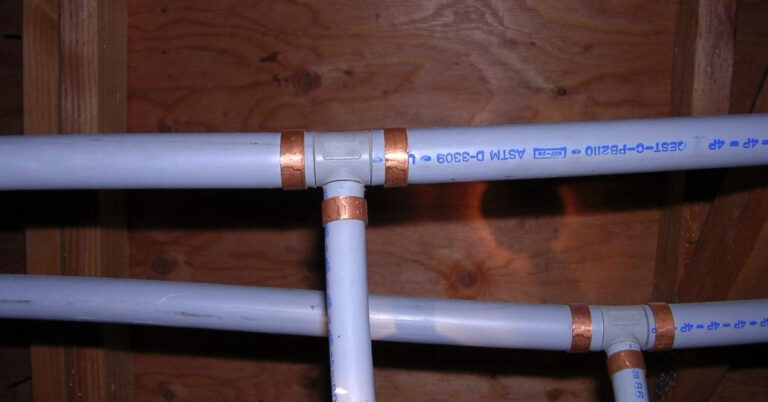How do GFCI outlets keep you safe?
Ground fault circuit interrupter (GFCI) receptacles are crucial safety devices designed to protect against electrical shocks in homes. These outlets monitor electrical flow and quickly cut off power when a ground fault is detected, potentially saving lives. This guide explains the workings of GFCIs, their required locations, and their importance for home electrical safety.
Understanding Ground Faults
A ground fault happens when electricity deviates from its intended path, often due to damaged insulation or water exposure. This can lead to electricity taking a shortcut to the ground, posing a risk of electric shock if a person becomes part of this unintended path. Ground faults can occur without warning, especially in environments exposed to moisture or heat, making it vital to understand and prevent them.
How GFCIs Operate
GFCIs work by comparing the current flowing into and out of a circuit. Normally, these currents should be equal. If there is a difference of more than 5 milliamps, the GFCI interrupts the circuit to prevent electrocution. Bill Grande from Leviton highlights that GFCIs provide protection even if wiring is ungrounded, making them essential in both new and older homes. They are particularly effective in moisture-prone areas like bathrooms and kitchens.
The Importance of GFCI Protection
GFCI protection is crucial for preventing electrical accidents. These devices can shut off power in as little as 0.025 seconds in the event of a ground fault, which can mean the difference between life and death. Approximately 200 people in the U.S. die from ground faults annually, underscoring the importance of installing GFCIs in key areas for peace of mind and safety.
Types of GFCI Devices
- GFCI Receptacles: These replace standard outlets and are common in kitchens, bathrooms, and play areas. They feature test and reset buttons for easy maintenance.
- GFCI Circuit Breakers: Installed in main electrical panels, these protect entire circuits and are useful for multiple outlets or limited access areas.
- Portable GFCI Adapters: These plug-in devices provide temporary protection, ideal for outdoor work or areas lacking built-in GFCI protection.
Required Locations for GFCI Protection
According to the National Electric Code (NEC), GFCI protection is mandatory in areas with high shock risk, such as:
- Indoors: Kitchens, bathrooms, laundry rooms, unfinished basements, and crawl spaces.
- Outdoors: All outdoor receptacles, garage and accessory building receptacles, and areas near swimming pools, hot tubs, and spas.
Installation and Maintenance
Proper installation and regular maintenance of GFCIs ensure their effectiveness. While DIY installation is possible for those with electrical knowledge, hiring a professional can provide added assurance. Regular testing is recommended to confirm functionality and address any issues promptly.
Common Misconceptions
- GFCIs vs. Surge Protectors: GFCIs protect against ground faults, while surge protectors guard against voltage spikes.
- Grounding: GFCIs can function in ungrounded circuits, making them valuable in older homes.
Upgrading Older Homes
For homes without GFCI protection, upgrading is always recommended. Options include replacing outlets with GFCI receptacles, installing GFCI circuit breakers, or using portable adapters. While there is an upfront cost, the safety benefits are invaluable. As your home inspector, I will always recommend that homes be fitted with GFCI protection, whether or not it was required when the home was built.
In conclusion, GFCI receptacles are essential for reducing the risk of electrical shock and related accidents. Understanding their function and ensuring proper installation and maintenance can significantly enhance home safety.






